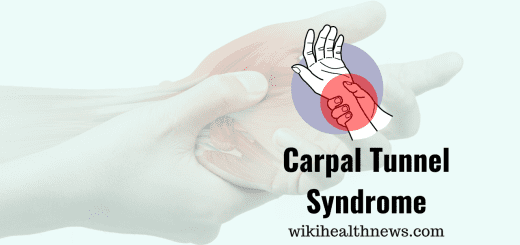Foot Care In Diabetes Improves Quality Of Life

Foot disease is common in diabetes and can affect nearly 6% of people with diabetes. The complications may be infection, ulceration, or destruction of tissues of the foot. This is scary and dangerous situation in diabetic patients. In insensitive foot, such as in diabetic neuropathy, soft tissues are exposed to excessive pressures without knowledge of the individual. Due to nerve damage in the feet, the patients get no feedback on the impact of the feet when walking. These ulcers start and increases in severity without the knowledge of the individual , hence foot care is important.
What is malum perforans ?
Commonly occurs as a complication of diabetes mellitus. Malum perforans is a long-lasting, usually painless ulcer that penetrates deep into or through the skin, usually on the sole of the foot. It is often a complication in diabetes mellitus and other conditions affecting the nerves.
MALUM PERFORANS – ulcer that penetrates deep into or through the skin, usually on the sole of the foot called malum perforans pedis.
These ulcers have punched-out edge and slough in floor, resembling gummatous ulcer. Surrounding area might have loss of sensation.
What are the common causes of neuropathic ulcers in foot ?
This condition results from denervation exposed areas. The denervation may be result of any of the following diseases:
- Diabetic neuropathy
- Spinal injuries
- Leprosy
- Peripheral nerve injury
- Tabes dorsalis
- Transverse myelitis
- Meningomyelocele
What is the mechanism of foot ulcer formation in diabetes
- Normal pressure and pain sensations are essential for protecting the foot from excessive and prolonged pressures over bony prominences.
- In insensitive foot, such as in diabetic neuropathy, soft tissues are exposed to excessive pressures without knowledge of the individual.
- Due to nerve damage in the feet, the patients get no feedback on the impact of the feet when walking. These ulcers start with callosity under which suppuration takes place.
- The pus comes out and a hole forms under which the lesion grows deeper. This leads to punched-out, painless ulcers usually under metatarsal heads, tip of toe, proximal interphalageal joint of a hammertoe or on the heel. In non-ambulatory patients, these ulcers are found on buttocks and back of heel.
How to take care of diabetic foot?
- You can prevent diabetic foot with good blood sugar control and regular foot assessment,
- You must consult for appropriate footwear
- In case you have any suspicion over health of foot please consult immediately.
- Examine the feet if you have diabetes for any lesions and check for sensations over all areas.
- Any disease of blood vessels should alert you for immediate action.
- In case of foot ulceration and signs of infection, sepsis, or ischaemia immediately refer to a specialised diabetic foot centre for surgical care, revascularisation, and rehabilitation
What are the steps to be taken as a part of diabetic foot care?
- Underlying cause treatment – Cause of neuropathy is first treated.
- Wound care – Necrotic portions of the wound are removed and wound is kept moist at associations.
- Antibiotics – Infected ulcers are administered antibiotics.
- Skin grafting – Skin grafting is helpful in selected cases.
- It has been shown that ultrasound may increase the acceptance of graft at trophic ulcer sites.
Read More











